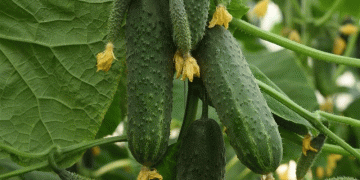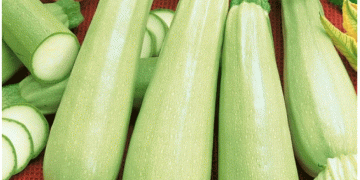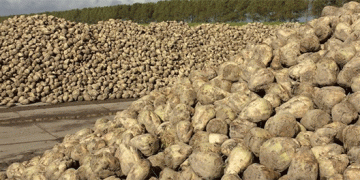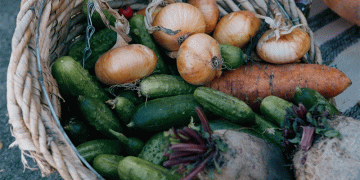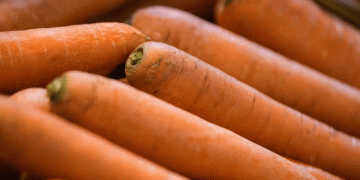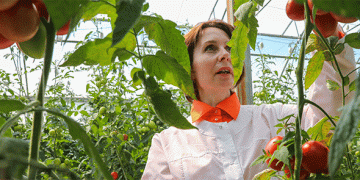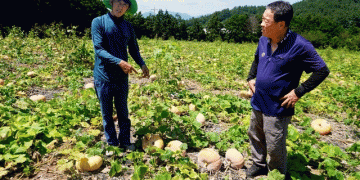A silent revolution is reshaping consumer grocery lists: the drive for nutrient-dense, functional foods that support specific health goals. Central to this trend is magnesium, a critical mineral essential for energy production, muscle function, and bone health. Certified dietitians like Michelle Ruthenstein and Elizabeth Moore emphasize that while a balanced diet is key, targeted consumption of magnesium-rich foods is increasingly sought after. This creates a significant and growing market opportunity for vegetable growers who can supply these in-demand crops. The mineral’s bioavailability is enhanced by vitamin D and it, in turn, aids the absorption of calcium and potassium, making vegetables that provide this synergy particularly valuable.
For agricultural producers, understanding the specific magnesium content and consumer appeal of these vegetables is crucial for crop planning and marketing. Leading the list is Swiss chard, with a remarkable 150 mg of magnesium per half-cup of cooked leaves, alongside valuable potassium in its stems. Spinach remains a powerhouse, offering 78.5 mg per half-cup cooked, plus nitrates beneficial for athletes. Other high-value contenders include artichokes (35.3 mg), valued for their prebiotic inulin content, and parsnips (22.6 mg), which contain anti-inflammatory compounds. Even staple crops like potatoes (17.2 mg with skin) gain a functional food edge due to their resistant starch and magnesium content.
This shift is more than a nutritional footnote; it’s a strategic business directive. The global functional food market is projected to exceed $500 billion by 2027, with produce playing a central role. Consumers are actively seeking out these specific vegetables for their documented health benefits, which include improved heart health, bone support, and reduced inflammation. For farmers, this translates to the potential for premium pricing, direct-to-consumer marketing angles, and diversification into high-value niche crops that boost per-acre revenue.
The rising consumer focus on magnesium is not just a passing health fad but a fundamental shift towards preventative nutrition through food. For the agricultural community, this represents a tangible opportunity to add value, differentiate products, and capture higher margins. Success will require a dual focus: agronomic excellence in growing these sometimes specialized crops—ensuring high quality and yield—and effective marketing that communicates their specific health benefits directly to health-conscious consumers, retailers, and food service providers. By aligning production with the powerful trends of wellness and functional nutrition, forward-thinking farmers can cultivate not just healthier crops, but a healthier bottom line.















